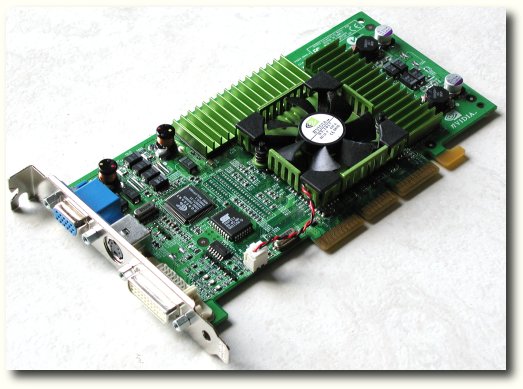GeForce3 Performance
Introduction
It's now almost a month since NVIDIA finally lifted the curtain on the actual performance of the latest addition to their 3D-chips 'GPU' line, the GeForce3. We had covered the technical aspects of this new design in a rather extensive article , but several other projects kept us from releasing the performance update until now.
GeForce3 is NVIDIA's latest contender for the position as the fastest mainstream 3D-chip on the planet and besides pure power it also comes with a big set of brand new features. Some of these features may not have any major impact on game play right now, but others are well able to enhance your 3D-experience with current 3D-games already. Here's a short list of the most important new features:
- Vertex Shader
GeForce3 does not only come with an integrated 'static' transform and lighting engine, as known from previous GeForce256 and GeForce2 chips, but adds the functionality of a programmable vertex processor, called the 'Vertex Shader' . Game developers are able to include amazing new effects to their titles by adding those vertex programs to their games. The list of new possibilities is very long. - Pixel Shader
To make perfect sense NVIDIA also added programmable texture combiners , making texture operations programmable as well. This functionality is able to work hand in hand with the vertex shader and adds even more to the portfolio of possible new effects that GeForce3 is able to display. - Light Speed Memory Architecture
GeForce3 is using a, for 3D-cards revolutionary, new memory controller concept , that tackles the permanent memory bandwidth and latency problem of today's 3D-cards. The crossbar memory controller is able to use the bandwidth provided by the onboard memory of the graphics card much more efficiently than previous 3D-chip designs. It lets GeForce3 score significantly better frame rate scores than previous cards from NVIDIA that come with the same memory bandwidth and even higher theoretical fill rates. GeForce3 is also equipped with a design that tries to minimize the rendering of hidden objects ("Z Occlusion Culling "), thus adding to the chips efficiency. - Multi Sampling Full Scene Anti Aliasing
GeForce3 was designed with FSAA in mind and uses a new anti-aliasing algorithm called 'Quincunx' . This special version of multi sampling anti aliasing enables GeForce3 to run FSAA at very high resolutions and good frame rates. Here are two sample pictures with quincunx-FSAA enabled and disabled (1.1 MB each).
If you require more details of GeForce3's new features, please refer to my very detailed article "High-Tech and Vertex Juggling - GeForce3 GPU ".
There is no doubt that GeForce3 is the most advanced 3D-chip right now, but what we need to know is if all those nifty features are also performing well enough. How does GeForce3 stick up against previous high-end 3D-chips? After all GeForce3 doesn't come cheap. If you want to equip your system with this high-tech design, you need to pay some hefty $400. Is GeForce3 worth that amount of money? Do all those new features really benefit the user right now?
Get Tom's Hardware's best news and in-depth reviews, straight to your inbox.
